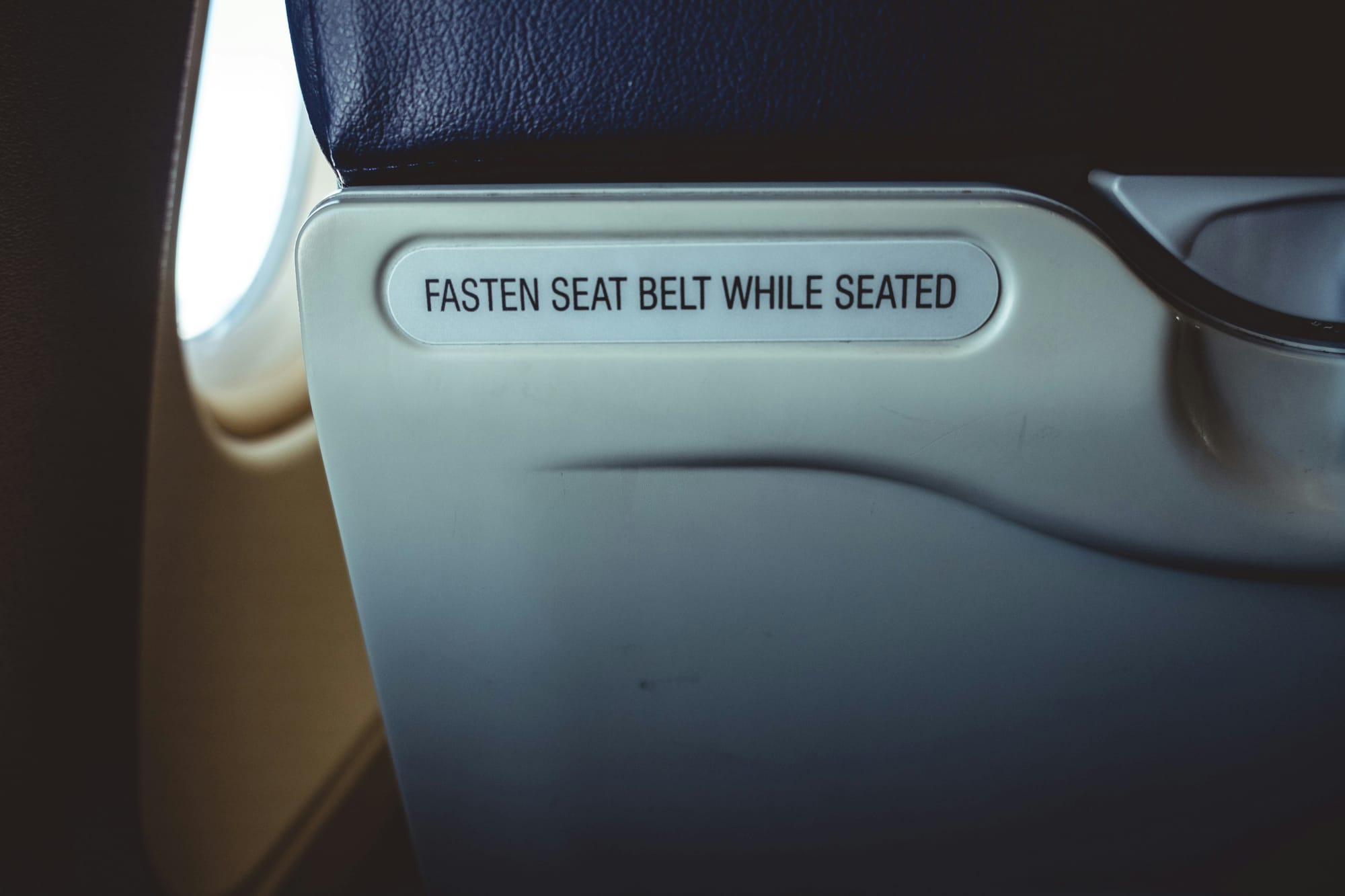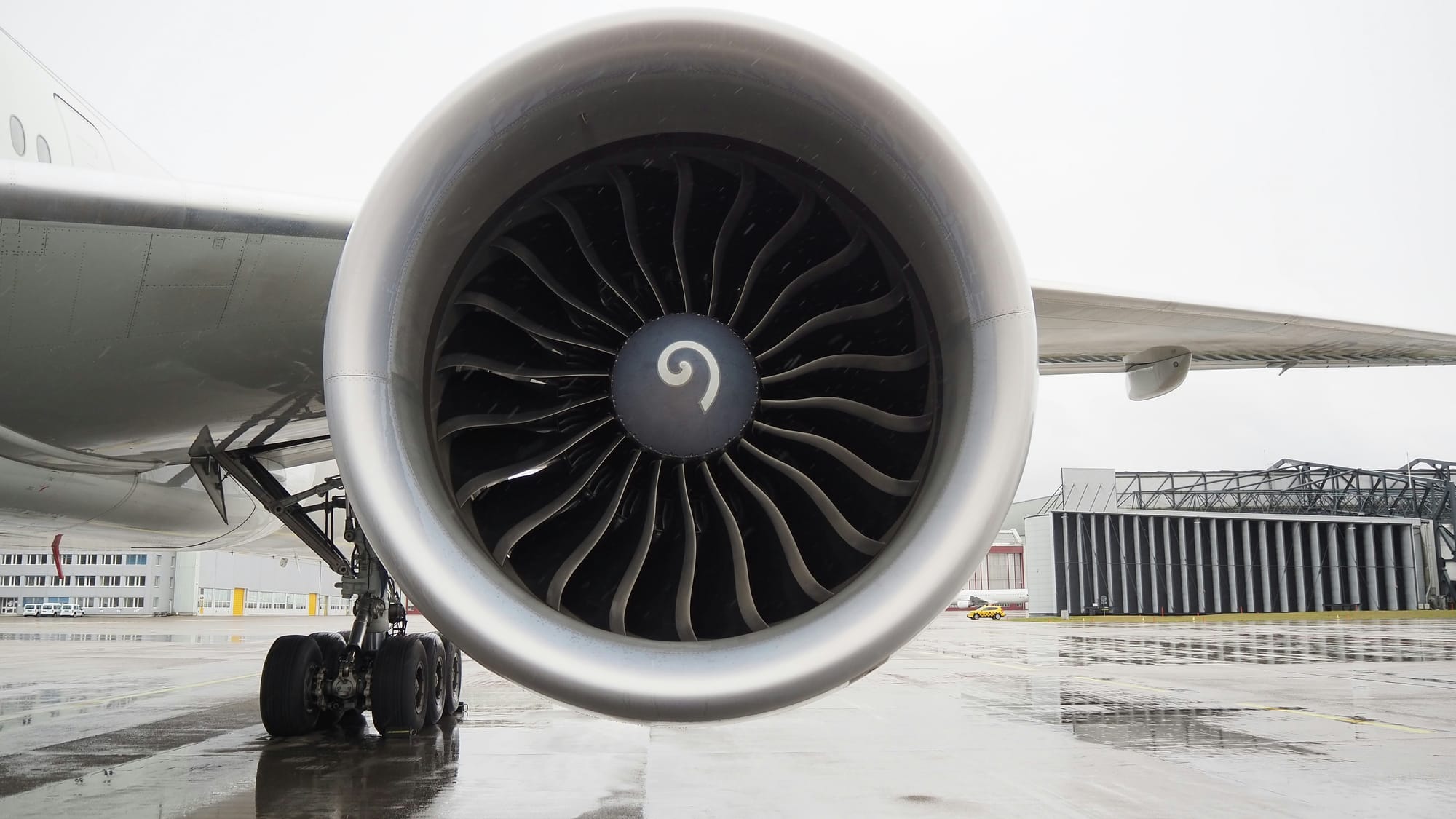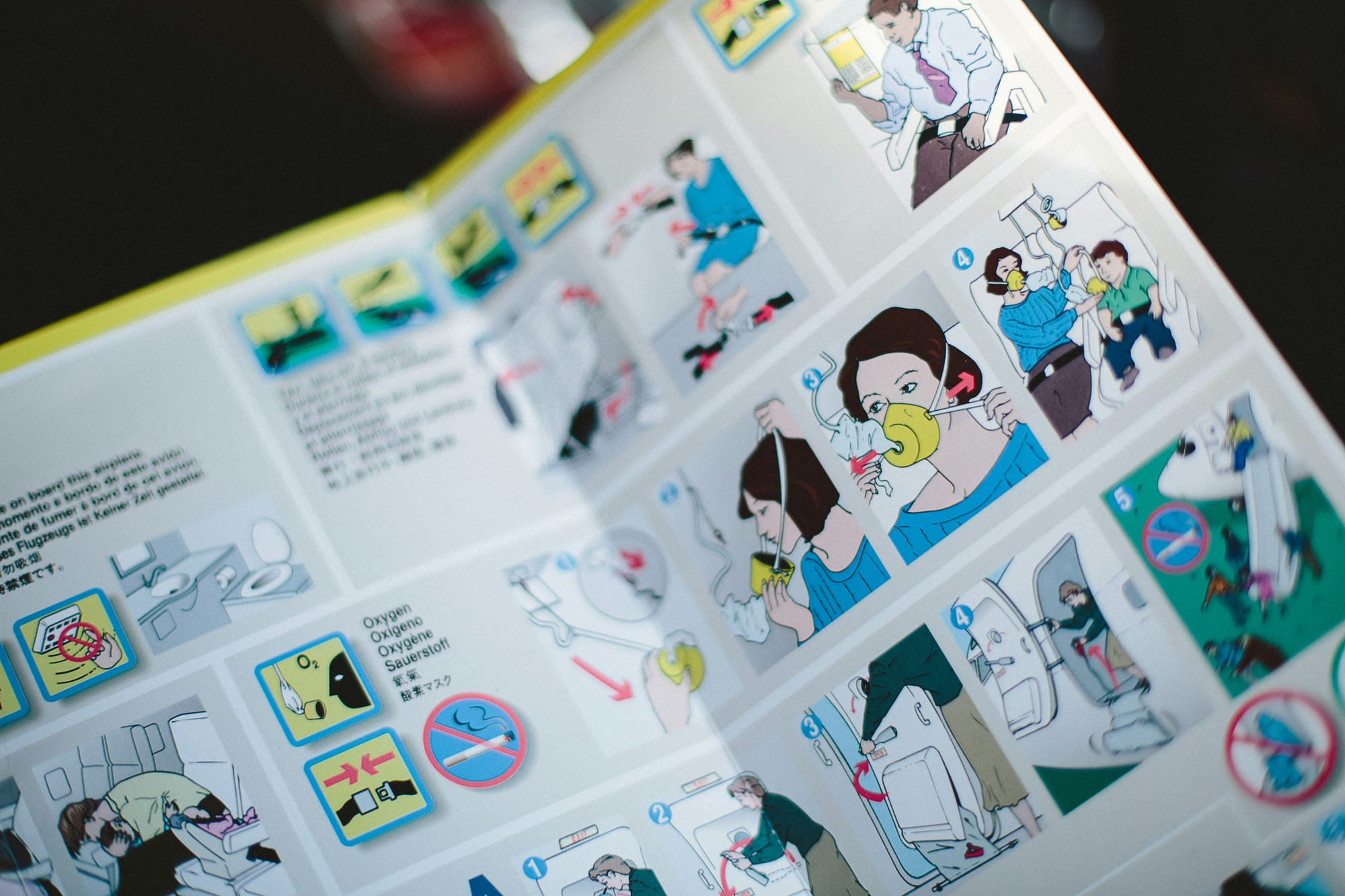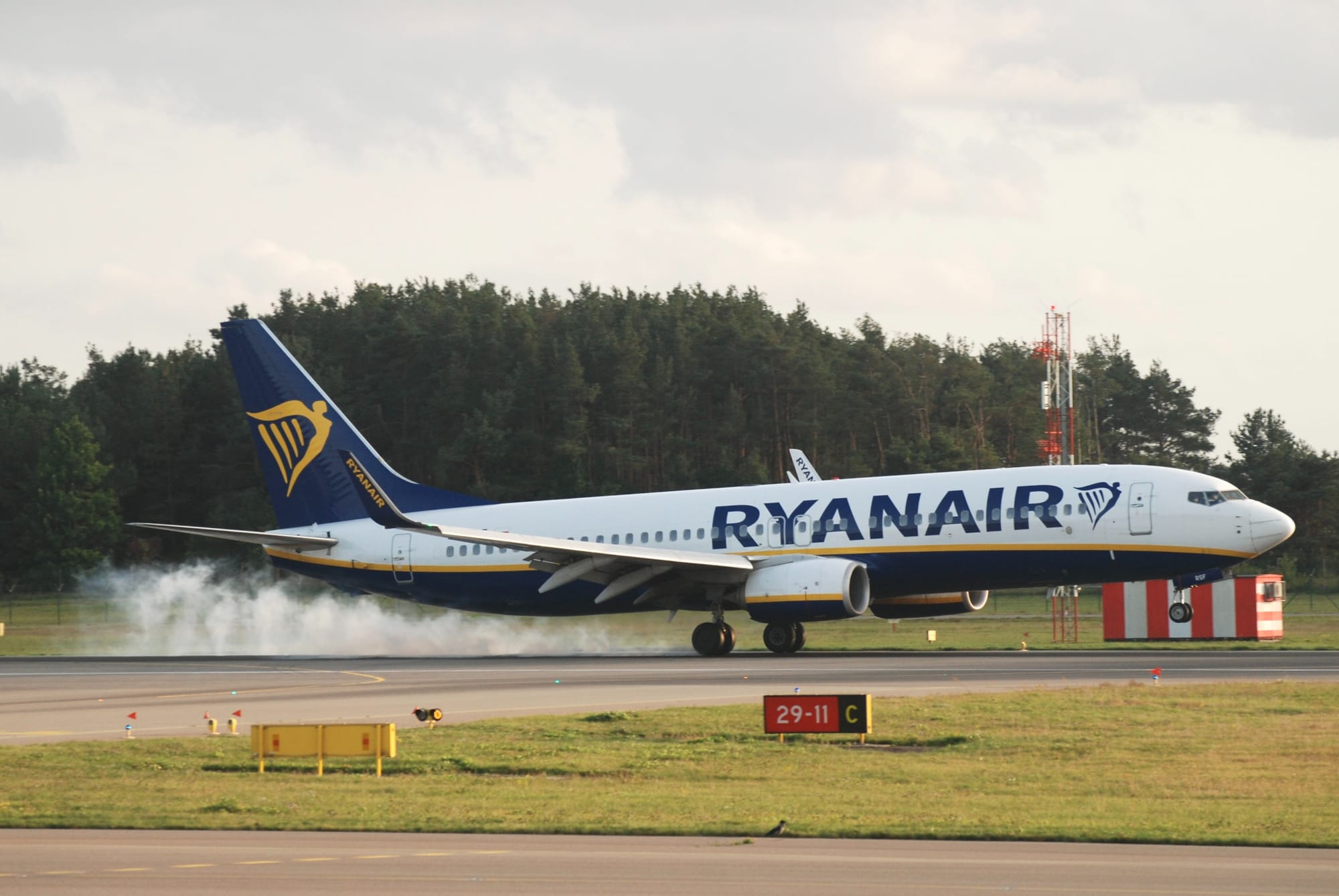Why the "Dirty Sock" Smell on a Plane is No Laughing Matter

Imagine you're comfortably mid-flight, enjoying the smooth journey, when suddenly, a pungent odor assaults your senses. It's unmistakable - the infamous "dirty sock" smell. While it might seem like a smelly annoyance at first, this smell is no laughing matter. In fact, it could signal a serious problem requiring immediate action.
More Than Just Unwashed Feet

Contrary to popular belief, the "dirty sock" smell doesn't originate from passengers' footwear. Instead, it's often a telltale sign of contaminated cabin air. When certain fluids leak into the aircraft's air supply system, they vaporize and circulate throughout the cabin, triggering this unpleasant olfactory experience. The most common culprits are, but not limited to:
- Engine oil: When engine oil leaks and mixes with hot bleed air, it creates a distinctive "dirty sock" odor. This can happen due to various mechanical issues, and the fumes might contain harmful substances.
- Hydraulic fluid: This fluid has a distinctive acrid smell, and its presence in the air could indicate a leak in the aircraft's hydraulic system.
Why Immediate Action is Crucial

While the "dirty sock" smell itself might not be immediately harmful, the underlying cause - the leaked fluids - can pose serious health risks. These fumes can irritate the eyes, skin, and respiratory system, and in extreme cases, lead to headaches, dizziness, and even neurological problems.
Therefore, it's imperative that if the smell is detected and the situation poses a significant health risk, the pilots might divert the aircraft to the nearest suitable airport for immediate inspection and repairs. If the issue seems less critical and doesn't worsen, or they can make the smell go away, the flight might continue to the planned destination, where maintenance crews can address the problem on the ground.
The important thing is if they can isolate the smell and make it go away. Being exposed to the "dirty sock" smell will make people sick and could send them to the hospital. If it gets unbearable, they may even drop the oxygen masks to supplement fresh oxygen over the dirty air in the cabin. Either way, the pilots will ensure that the plane gets on the ground quickly to prevent any harm.
Your Safety Matters

I have seen many instances where the "dirty sock" smell has sent many people to the hospital. We had the smell over the ocean and the nearest airport was an hour away. Even though they were able to isolate the source of the smell and stop it, the extended exposure ended up sending multiple people, including some flight attendants, to the hospital once they were on the ground due to the fume inhalation.
This caused a large flight delay, and they had to send a new crew with a new airplane to rescue the leftover passengers. At all times, the pilots kept everyone as safe as possible and made the right decision to divert the aircraft to the nearest airport possible and land to get everyone off the plane immediately.
Final Thoughts
The "dirty sock" smell is very real and can be quite dangerous. If you ever smell it, alert a flight attendant immediately. Unfortunately, this is quite common, my airline sees this happen at least once a week. It's nothing to be afraid of, and odds are in your favor that you may never experience it. But if you're unlucky, be sure to follow all flight attendant instructions and be ready to land at an airport that's not your destination.
Have you ever experienced this? What was it like?





